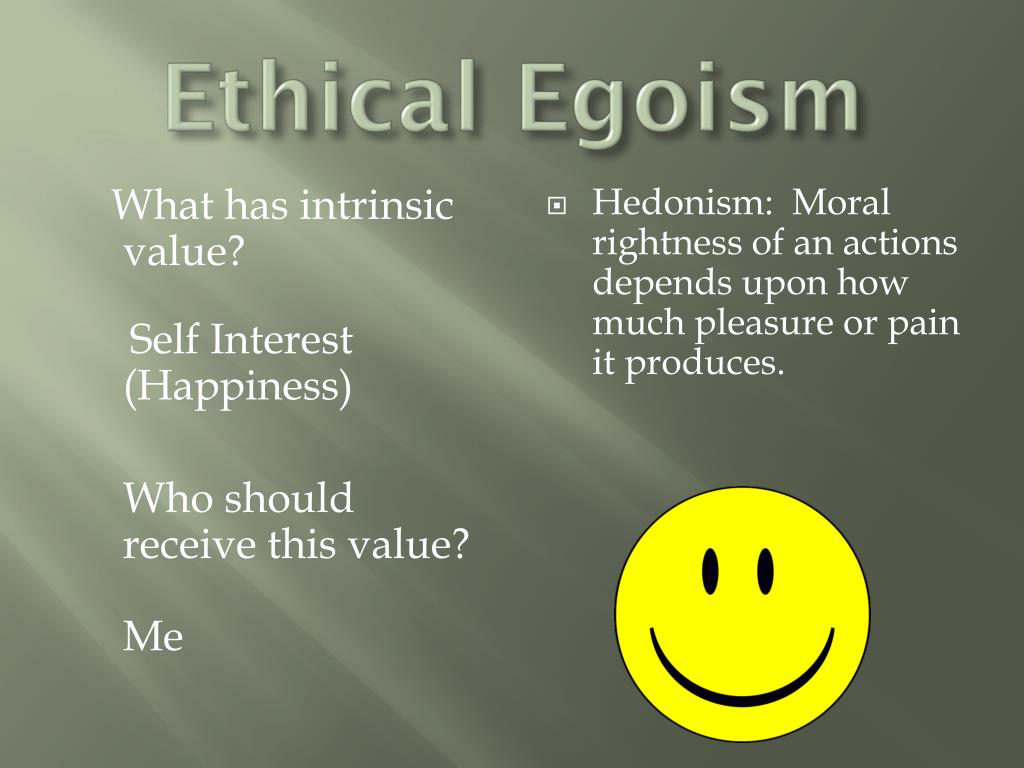
(2015), consequentialists state that the plausible moral reasons’ primary purpose is “to bring about the overall best outcomes, which exhaust the content of morality” (p. The consequentialists consider the actual outcomes to be significant in assessing the ethicality of particular actions. Learn More Possible Consequentialist Viewpoint It should be noted that Chelsea’s and Daniel’s actions in the given case implied active good intentions for positive consequences, which proves that, from a non-consequentialist perspective, their behavior was ethical. The information presented in this case does not provide a clear indication of how the mistake occurred. Thus, there was an unintended mistake that caused the operation to be carried out on the wrong leg. Daniel’s actions also demonstrate an active commitment to perform his duties properly.

Daniel faithfully prepared the patient’s leg for surgery and notified the surgeon of Chelsea’s absence. Chelsea’s actions demonstrate a strong commitment to her responsibilities and an adequate response to the situation. This action should be interpreted as doing, as it implied active intention to provide appropriate preparation of the patient for the operation.įrom a non-consequentialist point of view, Chelsea’s intentions should be considered ethical, since she had to interrupt the draping of a patient’s leg due to an emergency, and delegated this responsibility to Daniel. Chelsea asked the surgical technician to continue prepping Mr. In the given case, Chelsea faced an unexpected circumstance in the form of an emergency that required her to interrupt Mr.

However, such a radical position is rare, and usually, the intentions that have taken place among specific situational actors are being considered and evaluated. In the latter case, there is no intention of any result at all, and, in a strict sense, nonconsequentialists cannot assess ethicality in this regard.

Thus, there is an ethically significant distinction “between executing an intention for a consequence to come about, and acting in a way that has that consequence without any such intention” (Wedgwood, 2016, p.

Doing is characteristic of the desire to achieve specific outcomes or to avoid them while allowing rather implies passive willingness to let the outcomes happen, or lack of any interest. For instance, Wedgwood (2016) discusses the distinction between the categories of doing and allowing, since the former involves active intention, and the latter does not (p. While nonconsequentialist consider intentions to be ethically significant, various proponents of this theory recognize the importance of the relationship between intention and consequences. Doing and Allowing in Nonconsequential Theory This paper analyzes the given case from the perspective of the non-consequential theory of ethics, considering the doing and allowing of its situational actors, and also provides possible concerns from the perspective of consequentialism. At the same time, non consequentialism focuses on the actor’s motivation, since it can be evaluated from an ethical point of view, and the consequences are not always subject to human control.


 0 kommentar(er)
0 kommentar(er)
